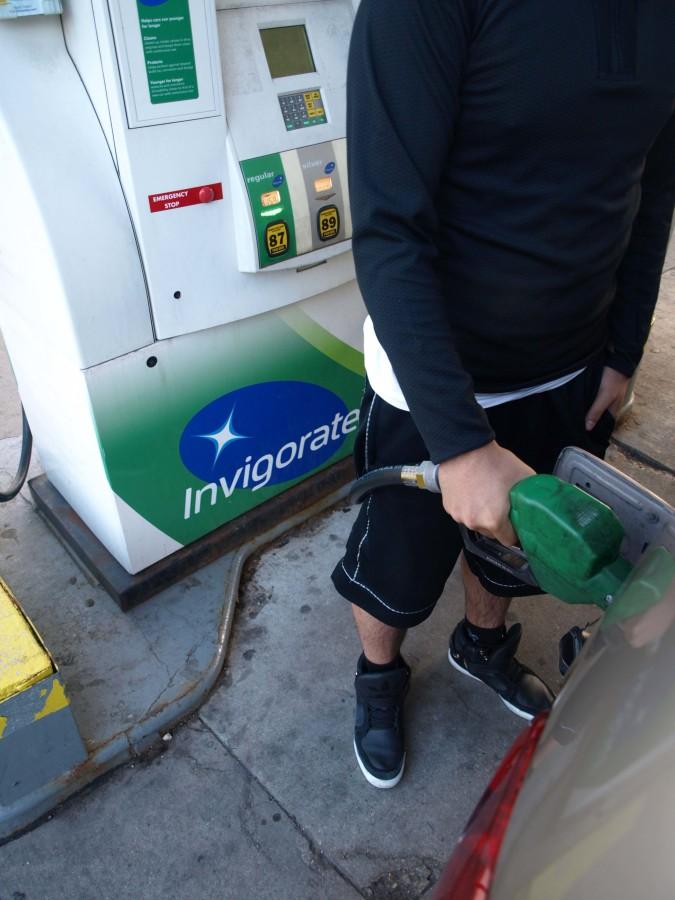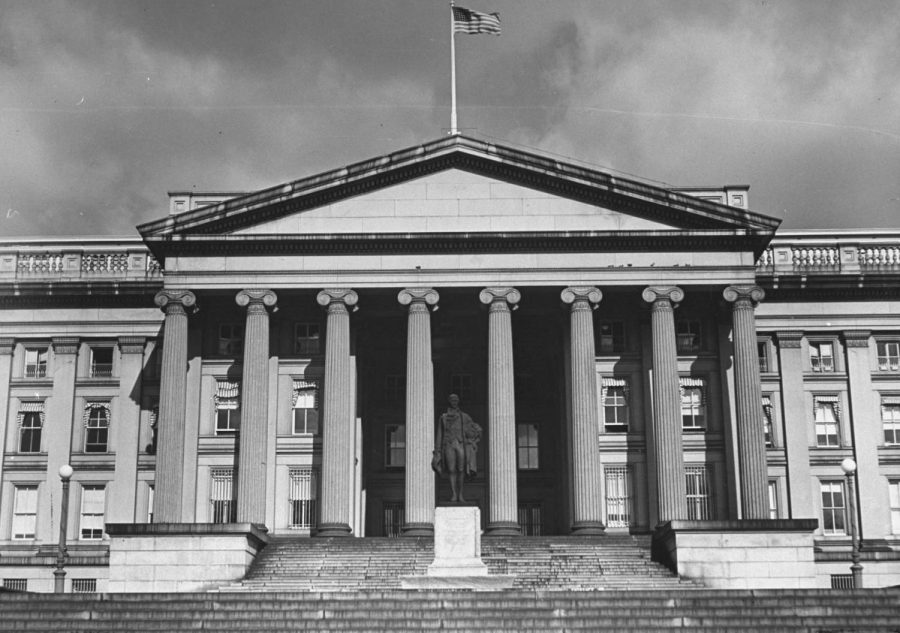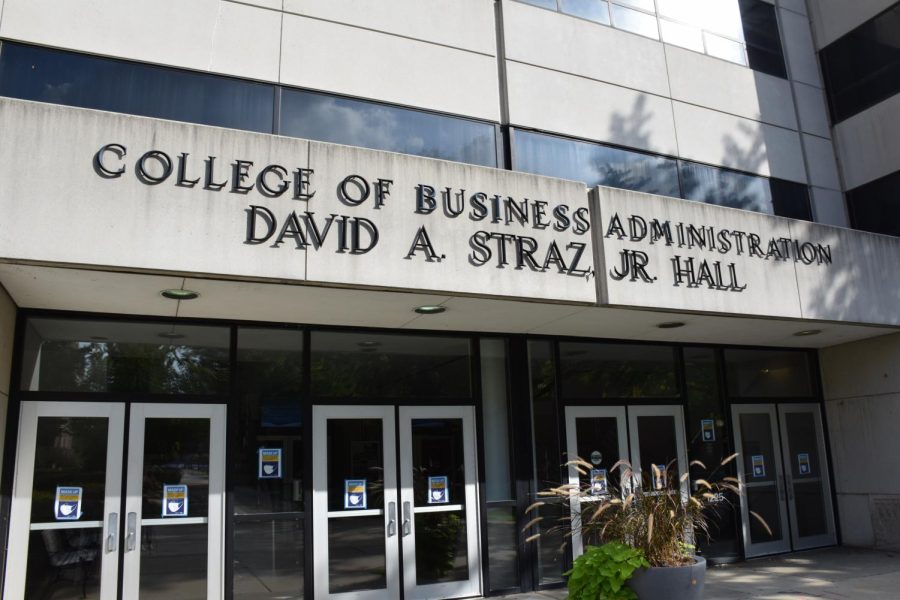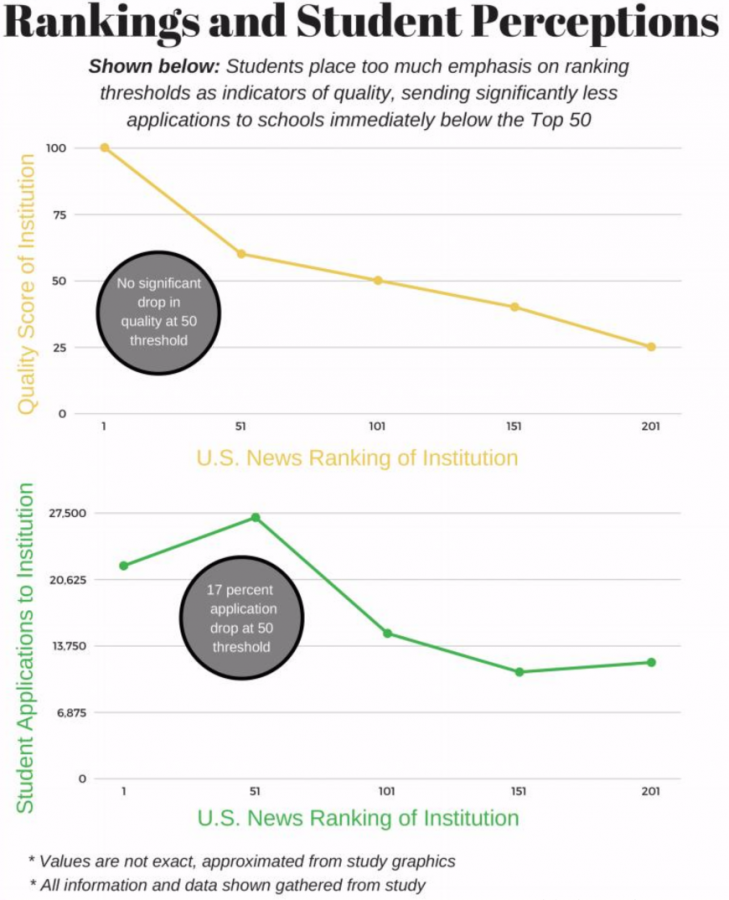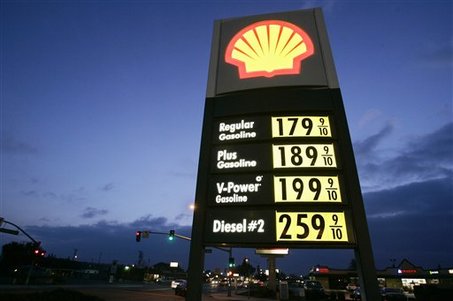Milwaukee gasoline prices reached an all-time high last week, with the average price of regular, unleaded gas hitting $4.20 per gallon on March 28, according to the AAA Daily Fuel Gauge Report.
Prices have since slightly decreased, to $4.14 per gallon, but they remain significantly higher than those in the metro areas of Madison, La Crosse, Janesville-Beloit, Green Bay and Eau Claire, which all have average prices of regular gasoline under $4.
AAA Wisconsin Vice President of Public Affairs Pam Moen said the regulatory policy applied to Milwaukee’s gas is a major reason for the higher prices.
“Milwaukee is required to use reformulated blends,” Moen said. “The rest of the state uses conventional gasoline, which is a different formula. Years ago there was an EPA act that required certain areas of the country to use formulas that limit emissions.”
Moen said the quantity of these reformulated blends is what drives up prices in the Milwaukee area.
“What’s happened the past couple of weeks is that the supply for the reformulated gasoline in the Milwaukee area has been a bit tighter due to some shortages in the refineries, which has caused the price to be so much higher,” Moen said.
Marquette adjunct economics professor Heather Kohls agreed that the regulatory impact is a large factor for differences in gas prices in different regions. She also noted that during warmer weather, Milwaukee is required to use a different blend that costs even more.
“Most of the regional disparity in oil prices is government regulation driven,” Kohls said. “In California they have requirements about what gasoline can have in it, so they have special refineries to make their gas. In Illinois they have higher taxes. The EPA has mandated that any month when it gets hot, we have to use this special formulated gas.”
Pat Garrett, a sophomore in the College of Arts & Sciences who has a car on campus, has noticed the spike in gas prices in Milwaukee. However, it has not hindered his driving tendencies, even when he travels to work in Racine or returns home to Illinois.
“It would probably cost less to take the train (when I go home) or something, but it’s worth (having the car here),” Garrett said. “I usually fill up in Racine because the prices in Milwaukee are higher.”
Garrett said if prices continue to climb, his driving habits still will not be affected – but other spending will.
“It’s going to get to a point where I’m not going to spend money on other things because I need the car,” Garrett said.
According to the AAA Daily Fuel Gauge Report, the national average for regular gas stands at $3.92 per gallon, only $0.189 behind the record national average that occurred in July 2008.
Kohls pointed to two main factors for the high gas prices nationwide.
“First is the U.S. dollar,” Kohls said. “When there is all the uncertainty and debt crisis in Europe, people want to hold dollars, not Euros. The price of the dollar then goes up.”
“The second big unknown is Iran,” she continued. “As a country, (we) don’t buy any oil from Iran, but Europe does. If someone were to declare war on Iran, it would make things even more uncertain. That makes speculators nervous. When people expect prices to go up, they actually do go up.”
Despite Milwaukee’s record highs, prices are even steeper elsewhere. Wailuku, Hawaii has prices hitting $4.78 per gallon, while nearby Chicago tops the U.S. mainland at $4.65 per gallon.

